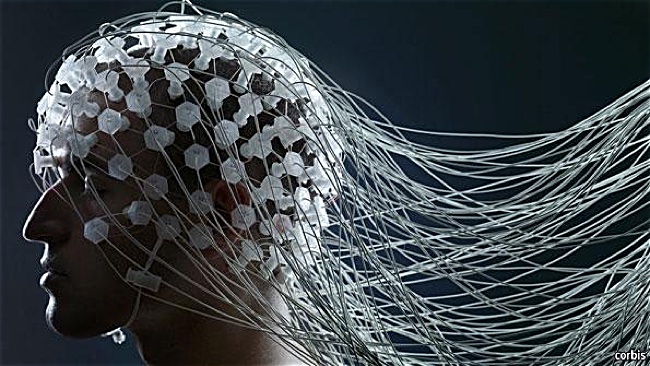
As part of a study published recently in the EEE Transactions on Information Forensics and Security, a team of researchers outfitted 50 people with electroencephalogram headsets designed to measure brain activity. The participants were then shown a set of 500 images that include pictures of common food items, celebrities, and words. These pictures were selected by the researchers because they have been shown to elicit unique emotional responses from individuals. Using a computer to scan the EEG responses, researchers were able to identify each person by their brain biometrics with 100 percent accuracy.
According to researchers, these brainwaves patterns, aka brainprints, are a superior form of biometrics when compared to fingerprints or retinal scans. When a fingerprint or or retinal scan is comprised, the individual’s fingers and retinas cannot be changed. In contrast, a brainwave pattern can be changed, allowing a user to reset their pattern in the rare event that the brain print was stolen. “If someone’s fingerprint is stolen, that person can’t just grow a new finger to replace the compromised fingerprint — the fingerprint for that person is compromised forever. Fingerprints are ‘non-cancellable.’ Brainprints, on the other hand, are potentially cancellable,” said Sarah Laszlo, assistant professor of psychology and lead researcher.
This current study builds upon earlier research that was published in a 2015 issue of Neurocomputing. In the previous study, researchers used only words in their experiments, and a subject pool of 32 participants. Using a computer to analyze brain waves, researchers were able to identify a single individual up to 97 percent of the time. The improvement from 97 percent last year to 100 percent this year is significant for high-security scenarios, such as access to the Pentagon, which require a detection and authorization systems that is flawless.



